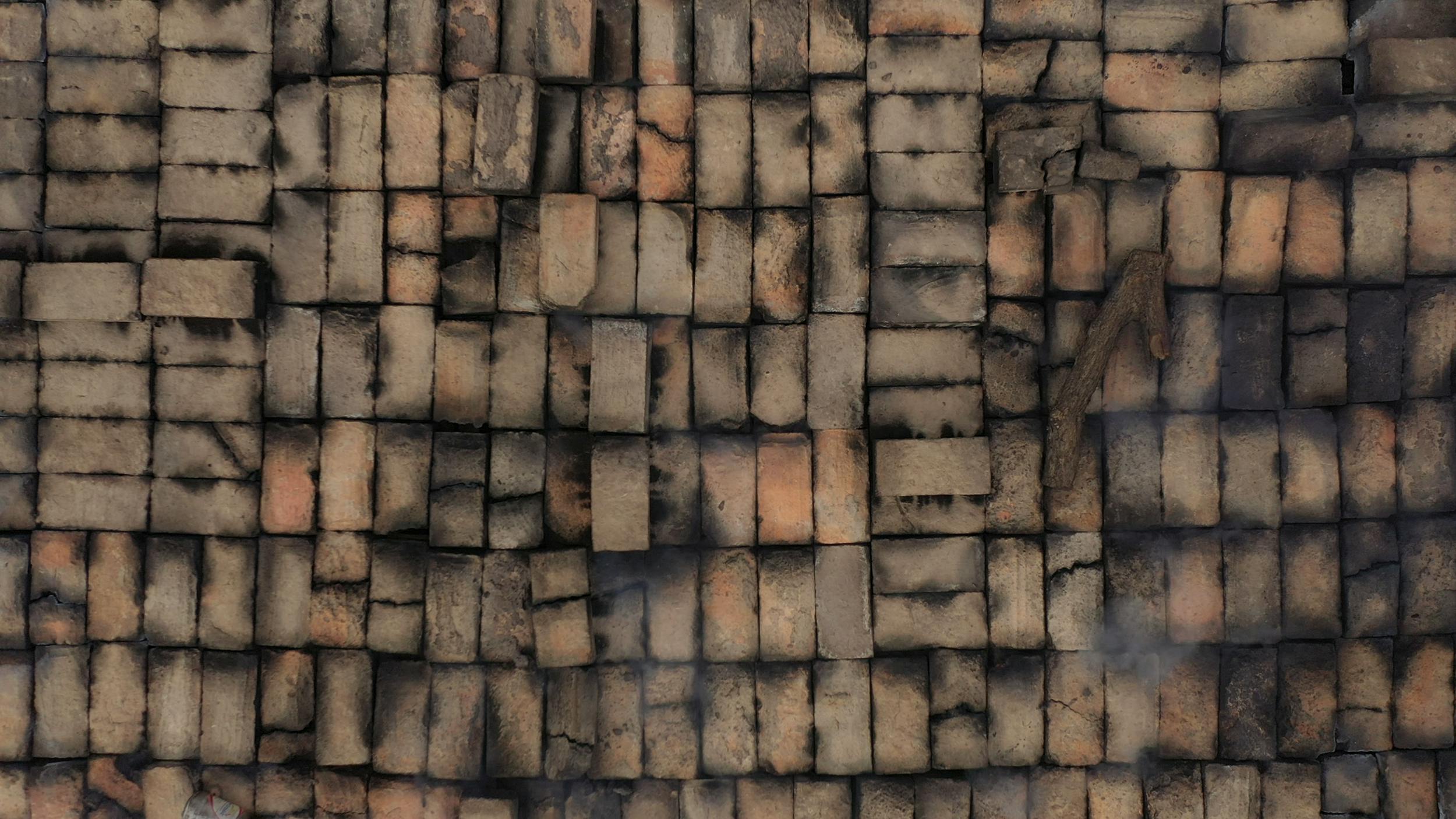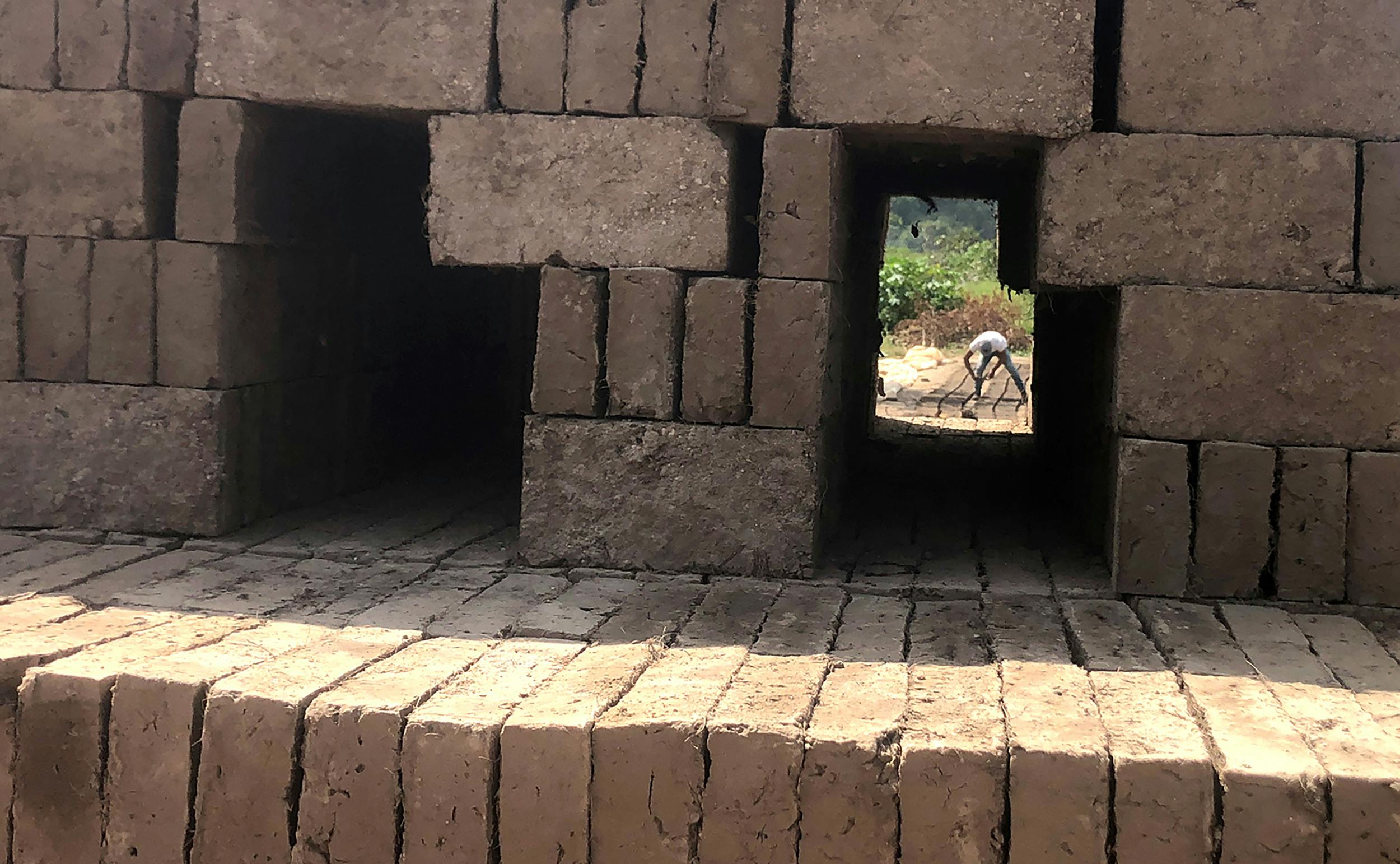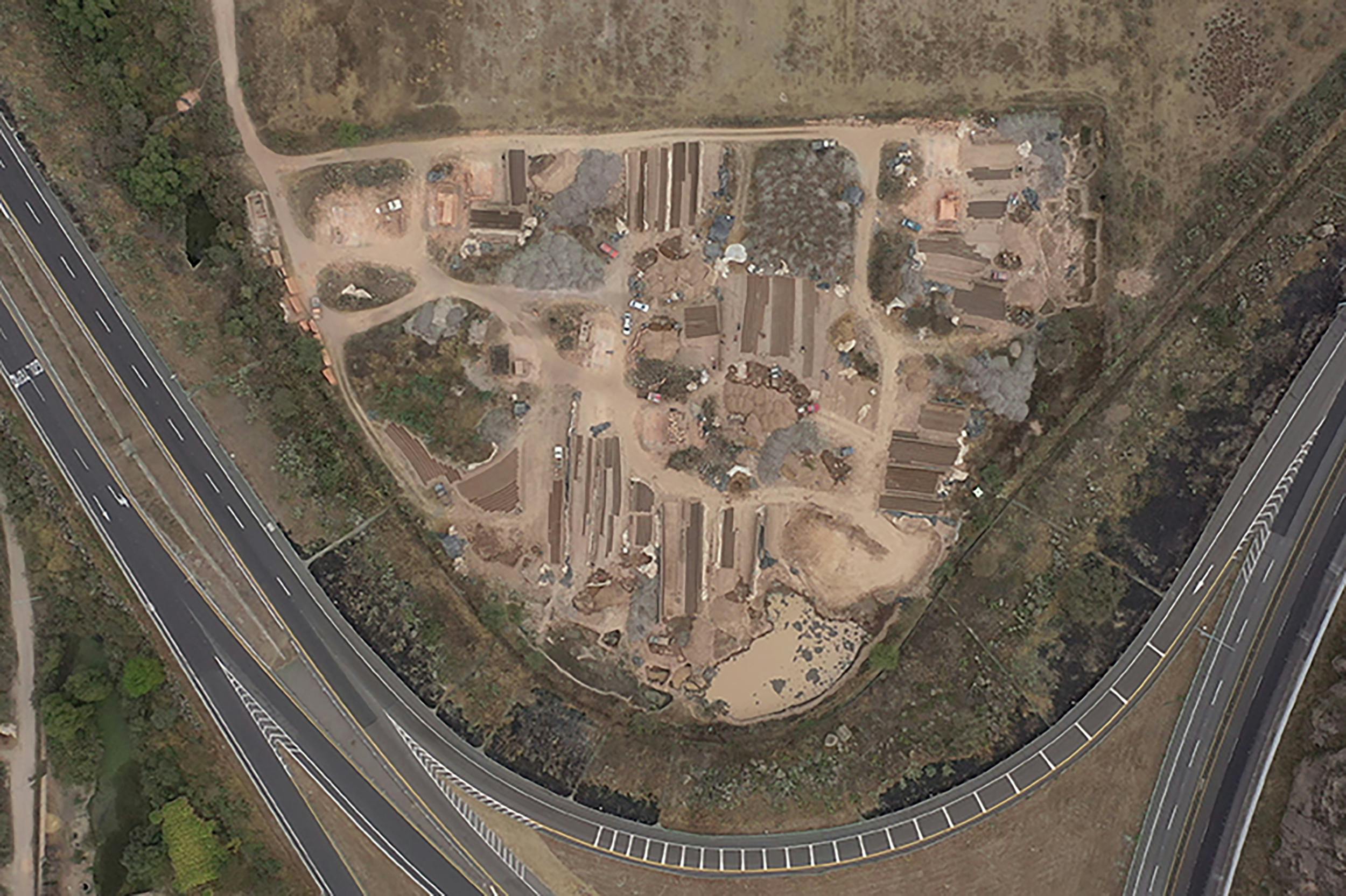De esos polvos estos barros








Black Cube premiered the film followed by an interview with the artist and José Esparza Chong Cuy, the Executive Director of the Storefront of Art and Architecture. The film was featured in the 2021 Guanajuato International Film Festival. To schedule a screening or view the film, contact us at hello@blackcube.art.
February 26, 2021 — ongoing
Online film release
De esos polvos estos barros
Alejandro Almanza Pereda
De esos polvos estos barros is a short film by Guadalajara-based artist Alejandro Almanza Pereda that examines the artisanal manufacturing of fired clay bricks in western Mexico. Through an episodic narrative, the film observes an ancient construction process still practiced today and a ubiquitous material singularly significant to built environments worldwide. Using sounds, textures, and multi-layered images, Almanza Pereda creates a sensorial film that chronicles the breadth of brick production.
The film captures vivid vignettes of traditional brickmaking from raw earth to finished building material in the town of Magdalena, Jalisco. Around 500 B.C.E., the region was known as Xochitepec, a pre-Hispanic settlement with a large lagoon that would eventually vanish by the early twentieth century. Even so, the lagoon’s longstanding history produced rich and fertile land suitable for obtaining clay. Locals learned to extract, mold, and fire the clay in temporary kilns made from raw bricks built by hand. Following each cycle of firing, the monumental structures collapse and return to dust. Almanza Pereda reflects on this practice by sharing the laborious process of brickmaking in its entirety, while drawing formal connections between the kilns and pre-Hispanic pyramids or ancient ziggurats.
Interspersing footage of landscapes and closeups are paired with a score that samples ambient radio and Mexican polka, influenced by music overheard on site. This generates a film that subtly reads as both documentary and lyrical abstraction, altogether exposing the transformation of a common, natural material. Glimpses of the human figure appear sporadically—hands pressing mud into molds, kiln fires being stoked with tree limbs—representing the vitality of labor and revealing an age-old craft that is slowly disappearing. Almanza Pereda’s film portrays a custom that is nearing extinction due to the increasing industrialization of building materials and environmental concerns. As such, De esos polvos estos barros touches on the complicated, deep-rooted, and changing fabrication of brickmaking, which is an economic source for thousands of families in Mexico.
“Much of the brick’s lifespan is divided into intervals of being formed into fresh clay, drying, building of the kiln, slow cooking, sitting in piles, and finally being utilized for building, where it slowly ages at the service of its shelter—being plastered and made invisible until demolition returns it to sediment.” —Alejandro Almanza Pereda